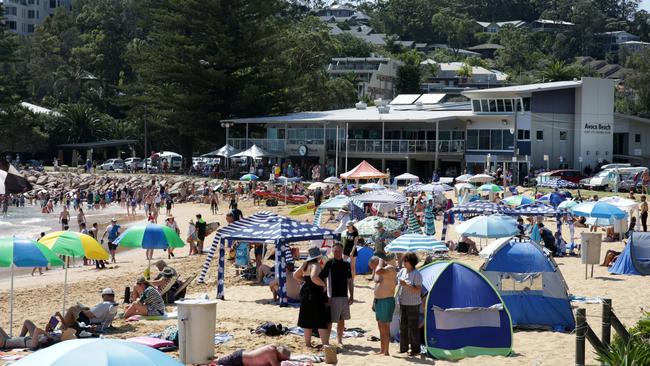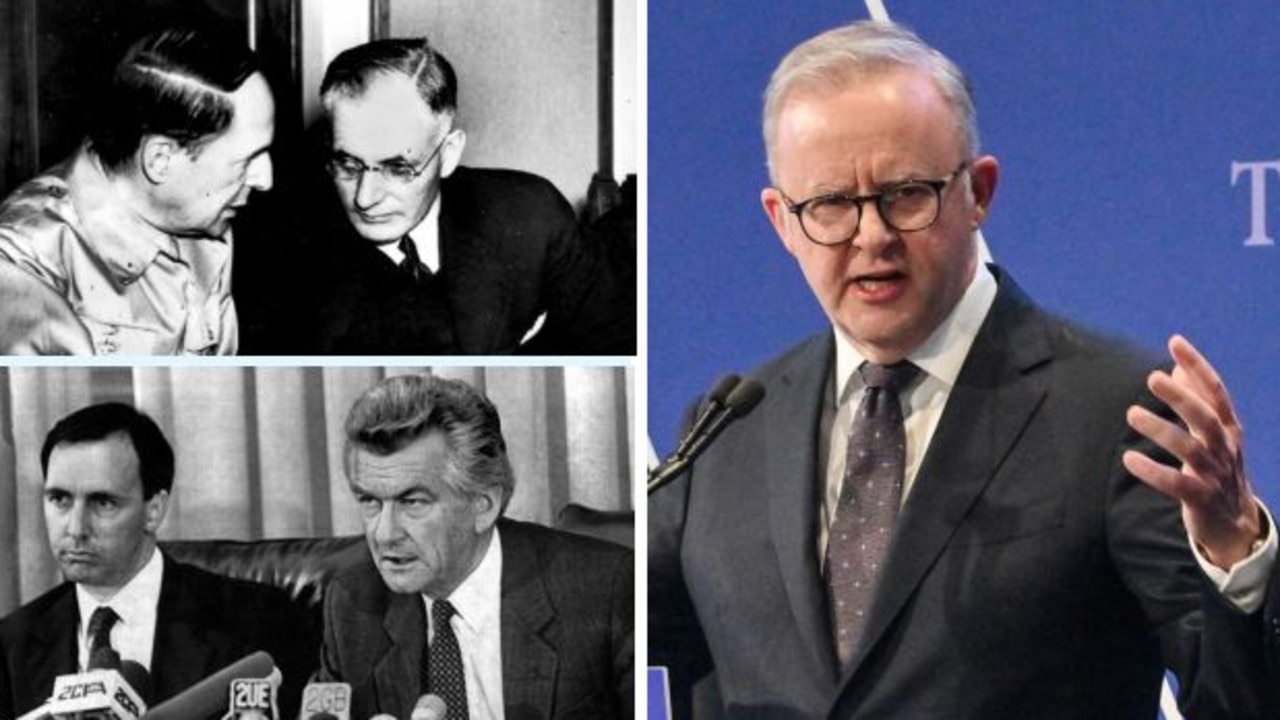Aircon becoming an unaffordable luxury as we spend 10 per cent of disposable income on power
This week’s heatwave has turned the blowtorch onto the rising cost of electricity in NSW, with airconditioning fast becoming an unaffordable luxury for many, writes Nathan Vass.

With temperatures stuck stubbornly in the 40s across many parts of Australia this week, many people will be seeking refuge from the sweltering heat in the comfort of airconditioning.
But there are real concerns that the national electricity grid will not be able to cope with an increase in power demand as we try to keep cool, and, for many, airconditioning is becoming an unaffordable luxury.
The Australian Energy Market Operator (AEMO), which runs the Australian electricity market, has sounded the alarm with “forecast lack of reserve” notices for South Australia, Victoria and NSW. This means they may be required to activate the Reliability and Emergency Reserve Trader (RERT).

The RERT is a Third World mechanism which is implemented when there isn’t enough power to supply homes and businesses.
Here’s how it works: AEMO pays energy-intensive manufacturers like BlueScope Steel, Visy, and Alcoa’s Portland Aluminium to shut down.
When used in January 2018 this cost consumers an estimated $50 million. This cost is, of course, passed on to consumers through our electricity bills.
And those bills keep going up. Comparing wholesale prices between 2017 and 2018 shows rises of 9 per cent for NSW and as high as 19 per cent in South Australia.
MORE OPINION
Pill-test debate shows Gladys’ true strength
We like our national day … an polls back that up
The slow death of our health insurance system
For low-income earners (those least able to escape this week’s heat) energy represents over one in every 10 dollars of their disposable income in NSW and one in every seven in South Australia.
Sadly, NSW could be headed down the path of South Australia and Victoria.
AGL, which posted a $1.6 billion profit last year, has announced the Liddell Power Station in the Hunter Valley will close in 2022, with no like-for-like replacement planned.
Without a suitable replacement, respected analysts Wood Mackenzie have forecast wholesale electricity prices will increase by 43 per cent in NSW.
Forecasts for energy markets also show prices will continue to increase over the coming years.
That means fewer low-income earners, pensioners and those of fixed incomes will be able to keep the aircon on during heatwaves such as the one we’re experiencing.
Unless NSW wants to be in a similar position to Victoria when Hazelwood closed (prices up 14 per cent last year), they must look at a like-for-like replacement of that capacity.
That means power when the wind isn’t blowing, and the sun isn’t shining.
As a comparison, this week in Queensland prices aren’t expected to exceed about $200/MWh — 50 times lower than Victorian prices.
In Queensland, coal still dominates the generation mix, and prices have relatively stable, supply is reliable, and families can cool their homes in the hot northern heat.
When the mercury soars above 40 degrees, the last thing we need is for families and pensioners to be too scared to turn on their airconditioning.
It is unacceptable that the most vulnerable people are forced to suffer out of fear that they won’t be able to pay their next power bill if they cool their home to cope with the heat.
Nathan Vass is Founder of the Australian Power Project, a leading advocacy group calling for a balanced and sustainable approach to achieving a clean energy future.


